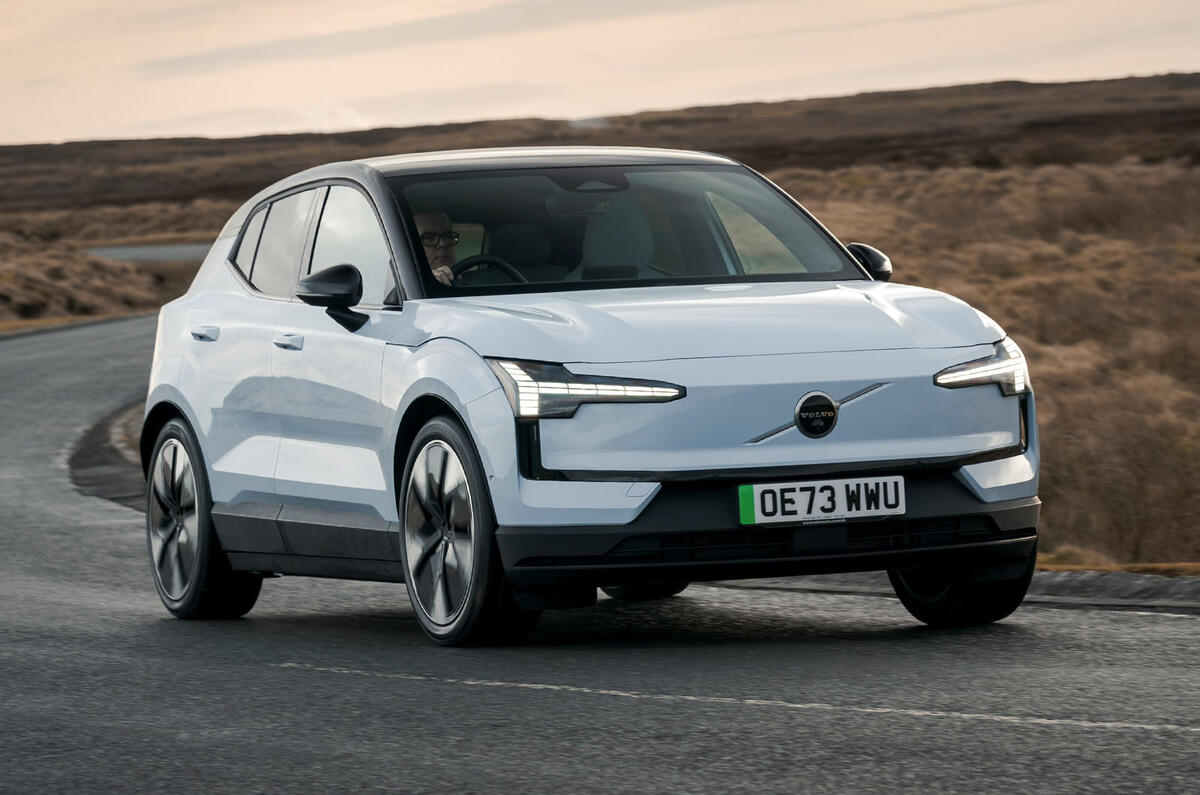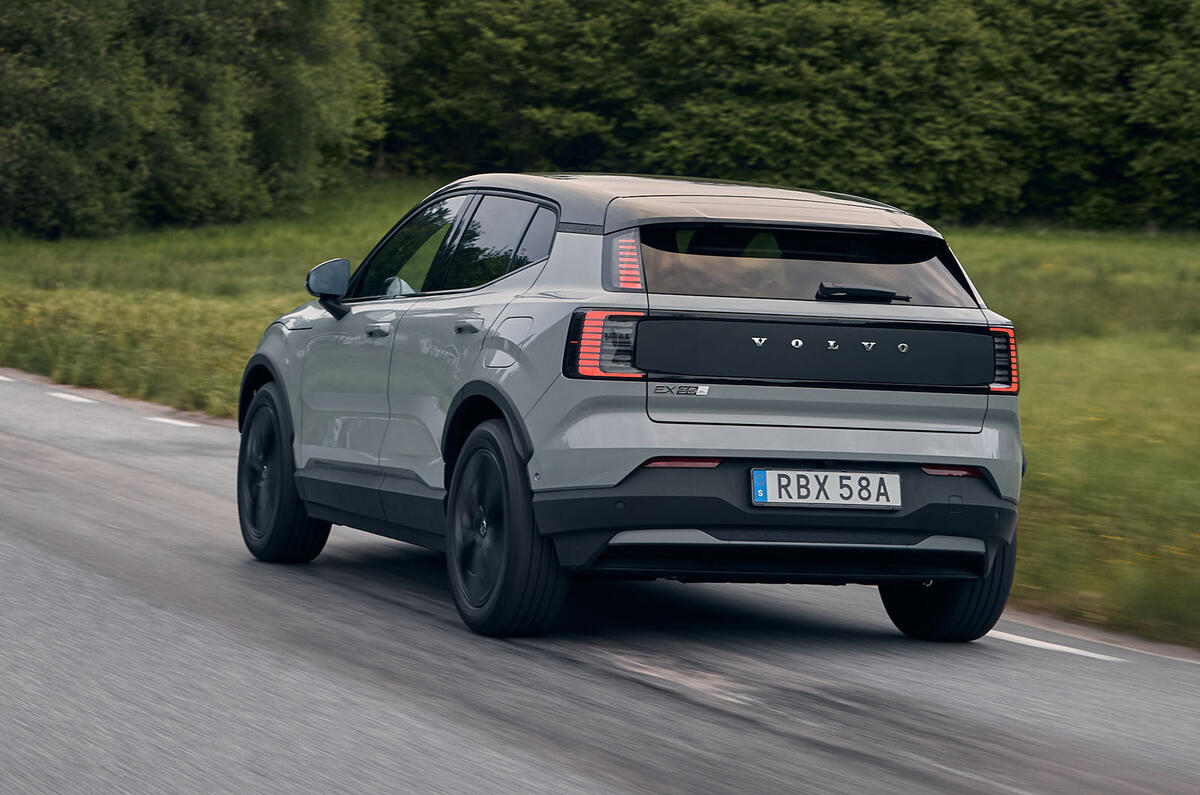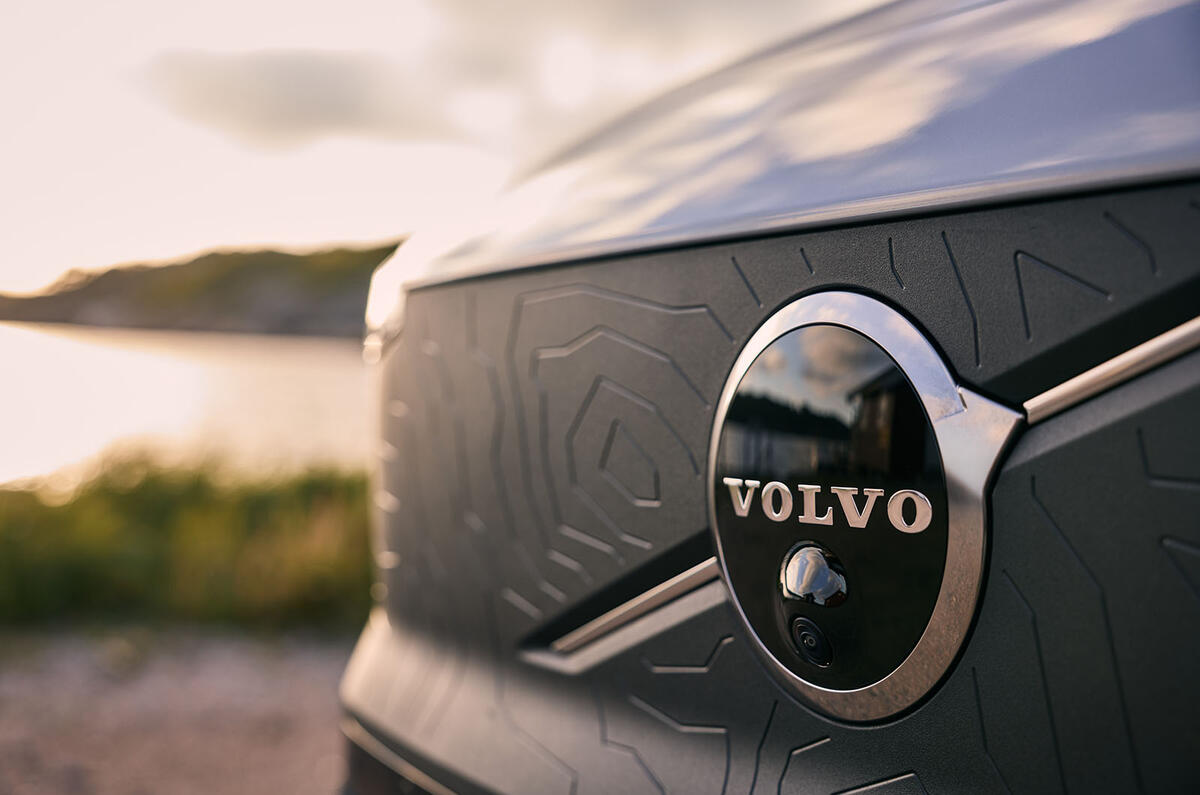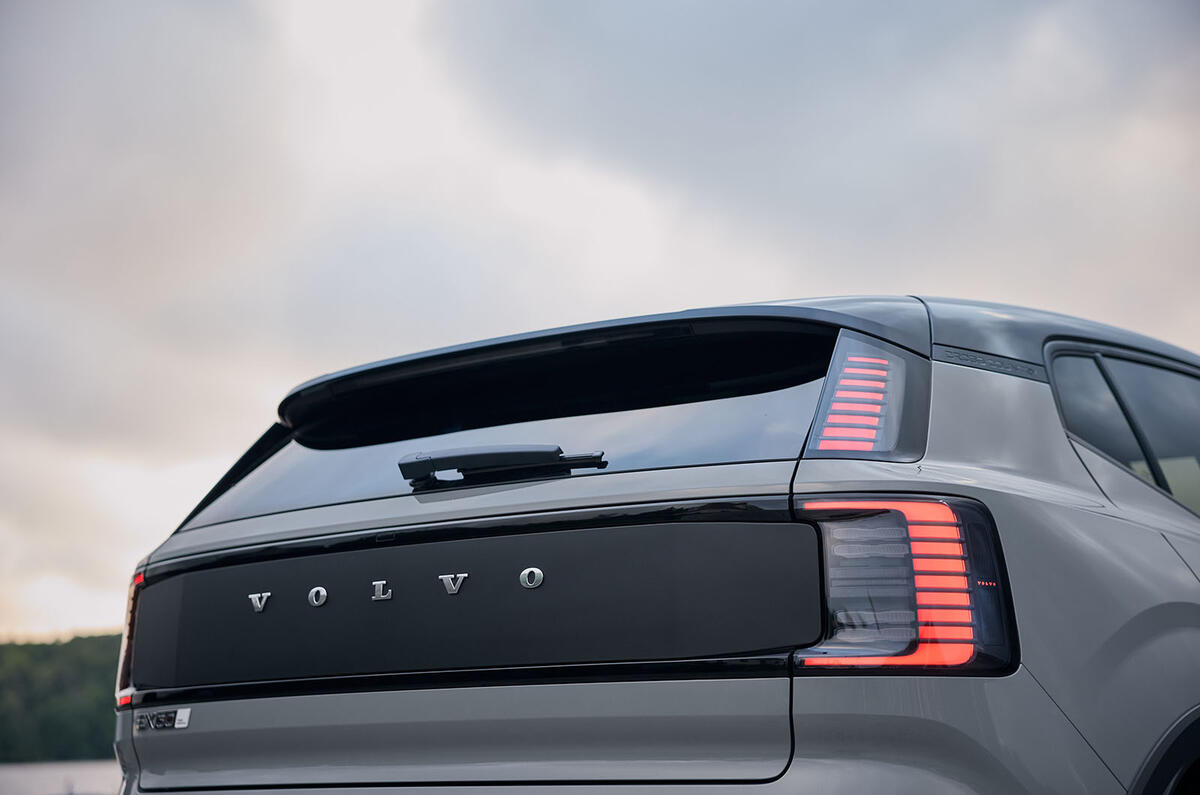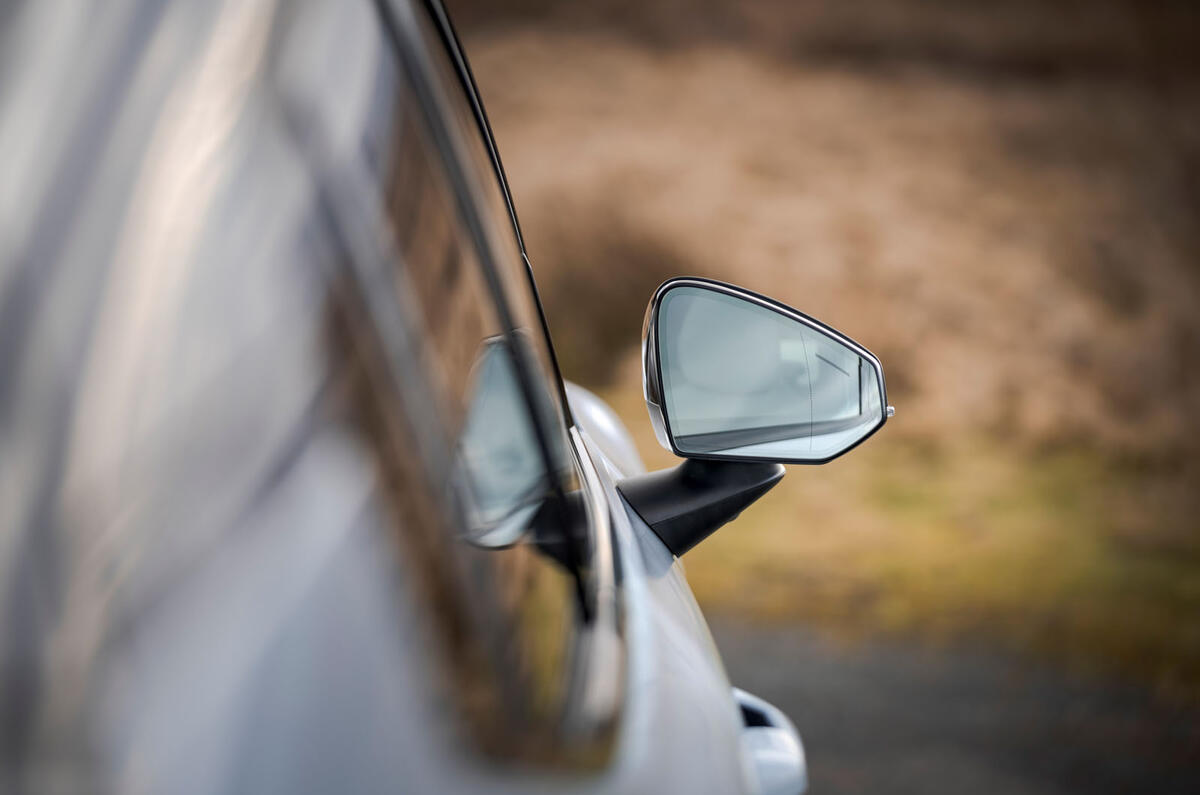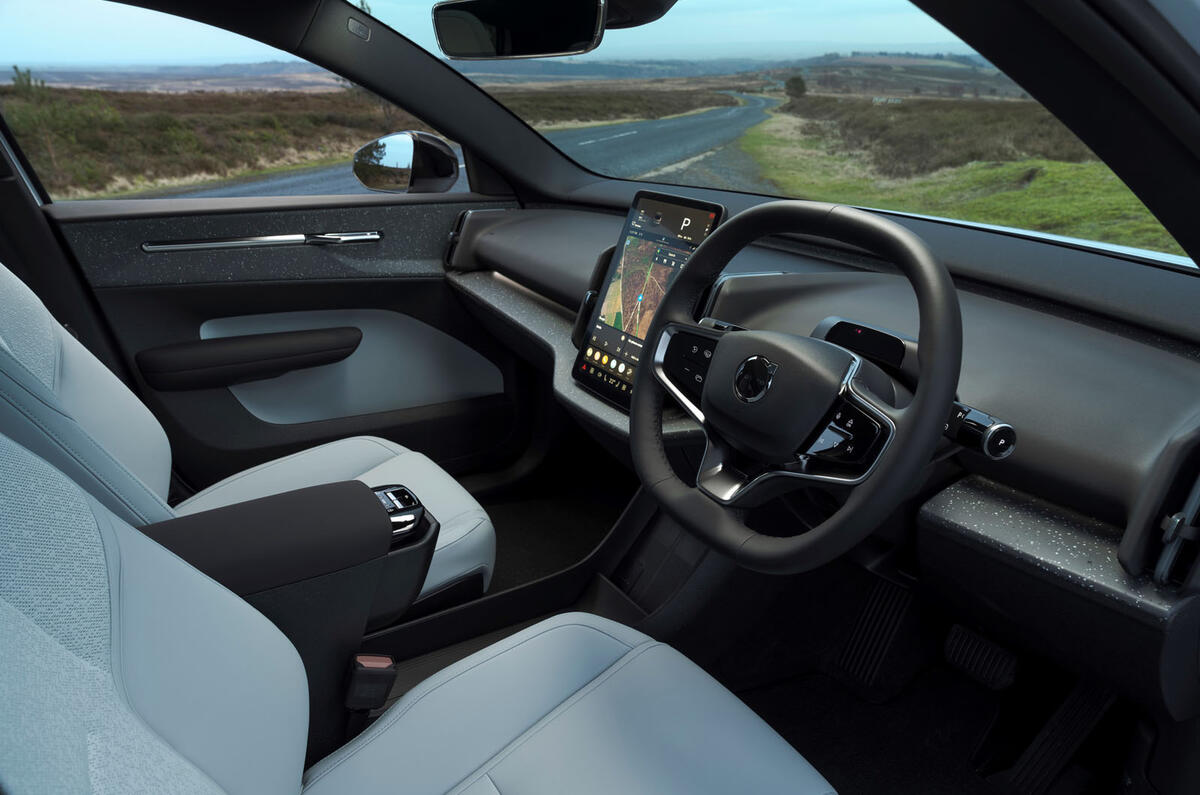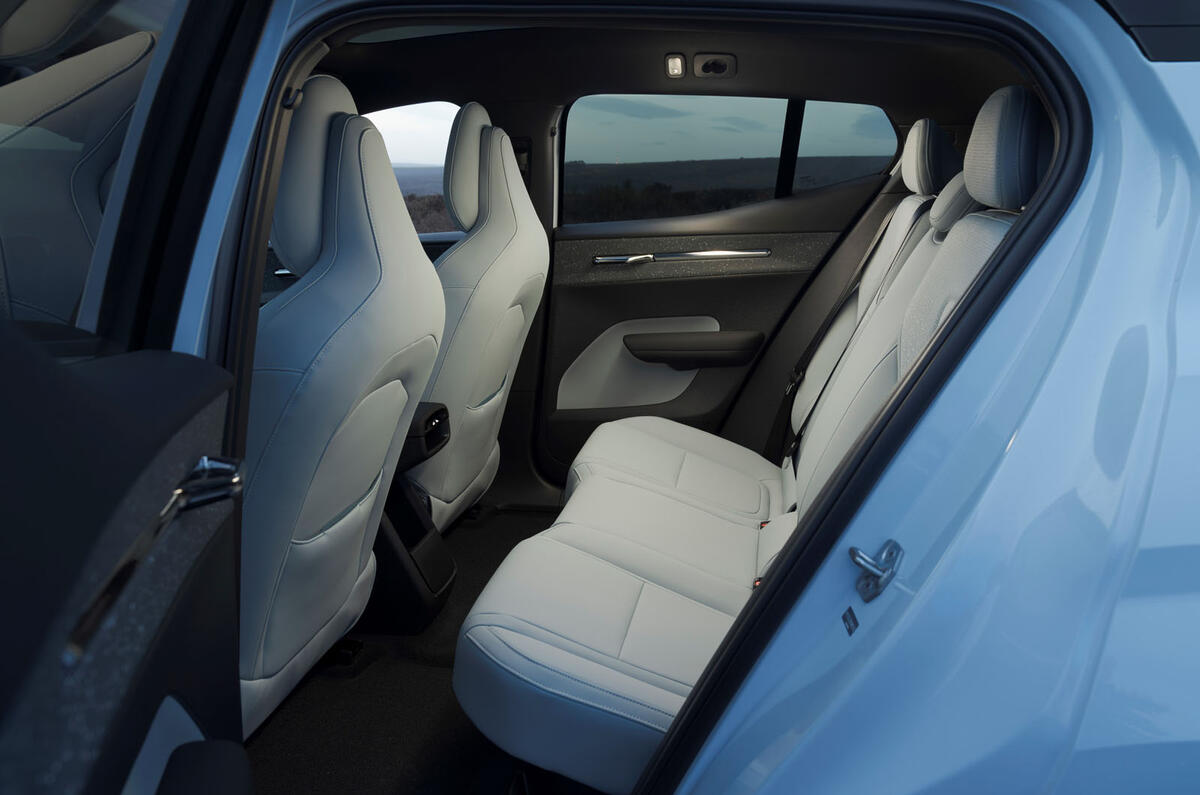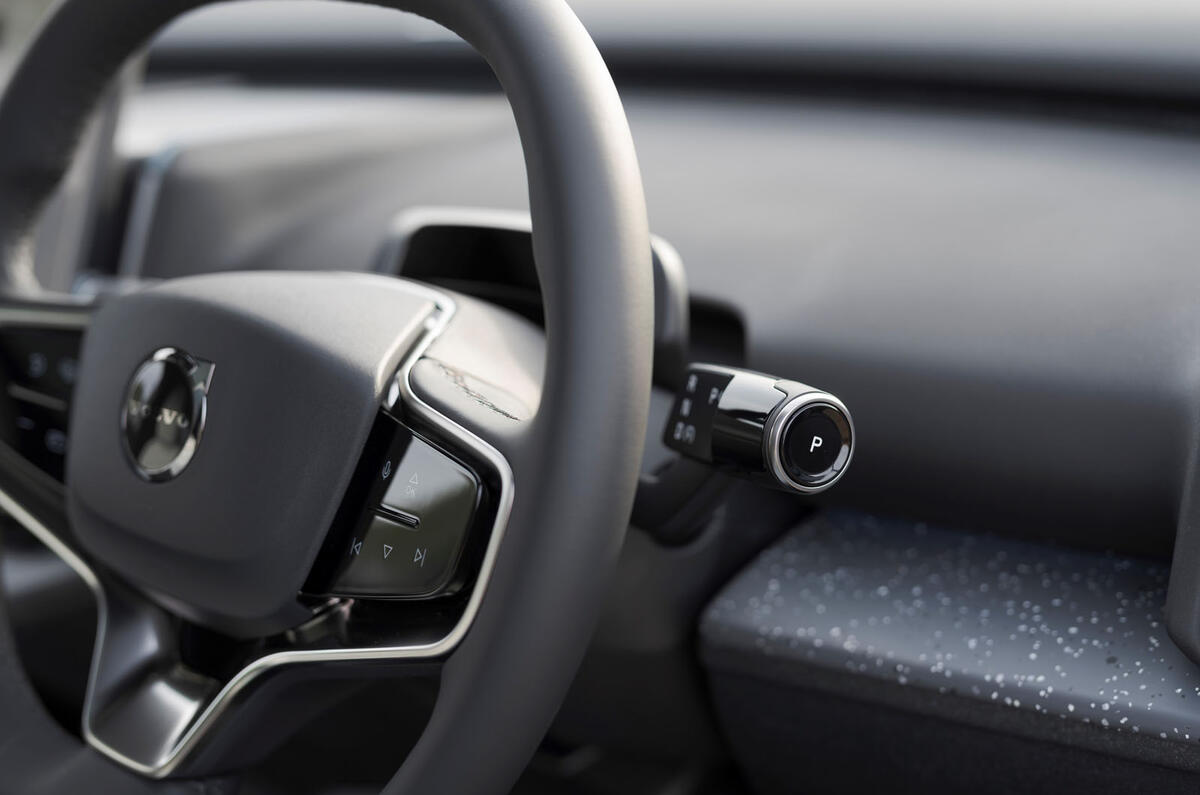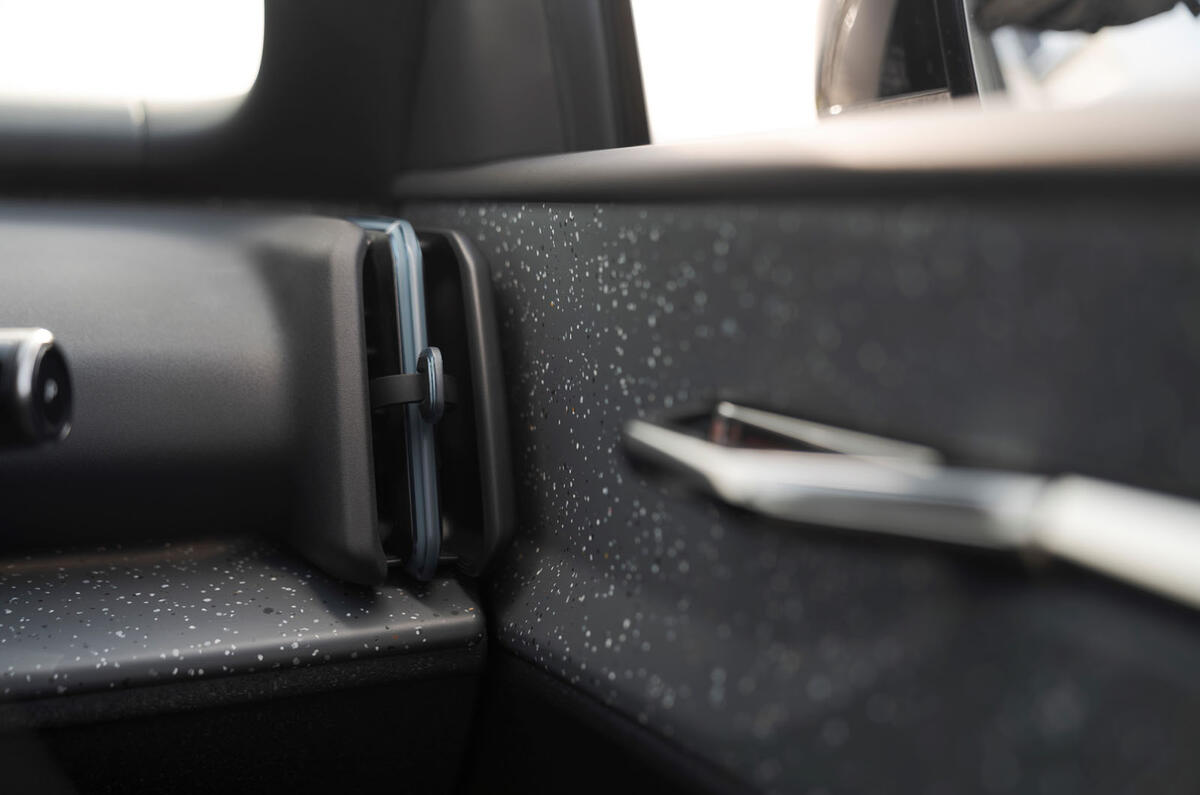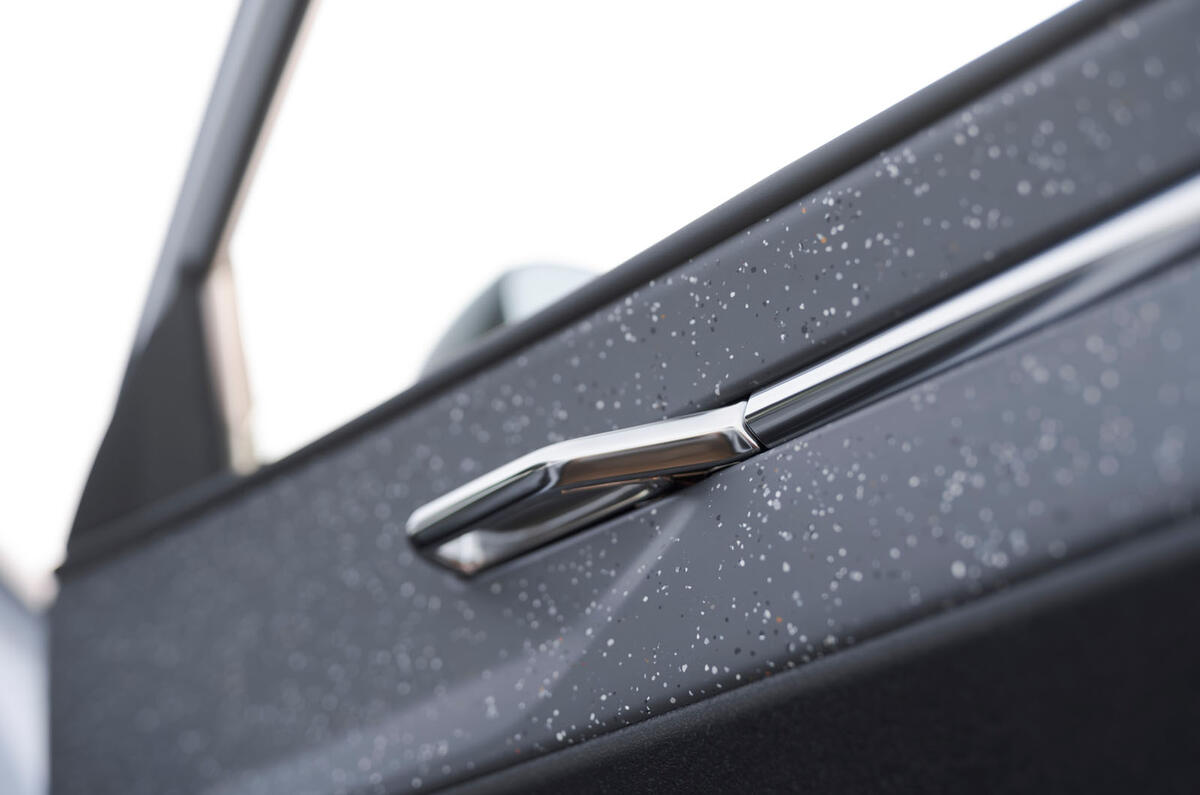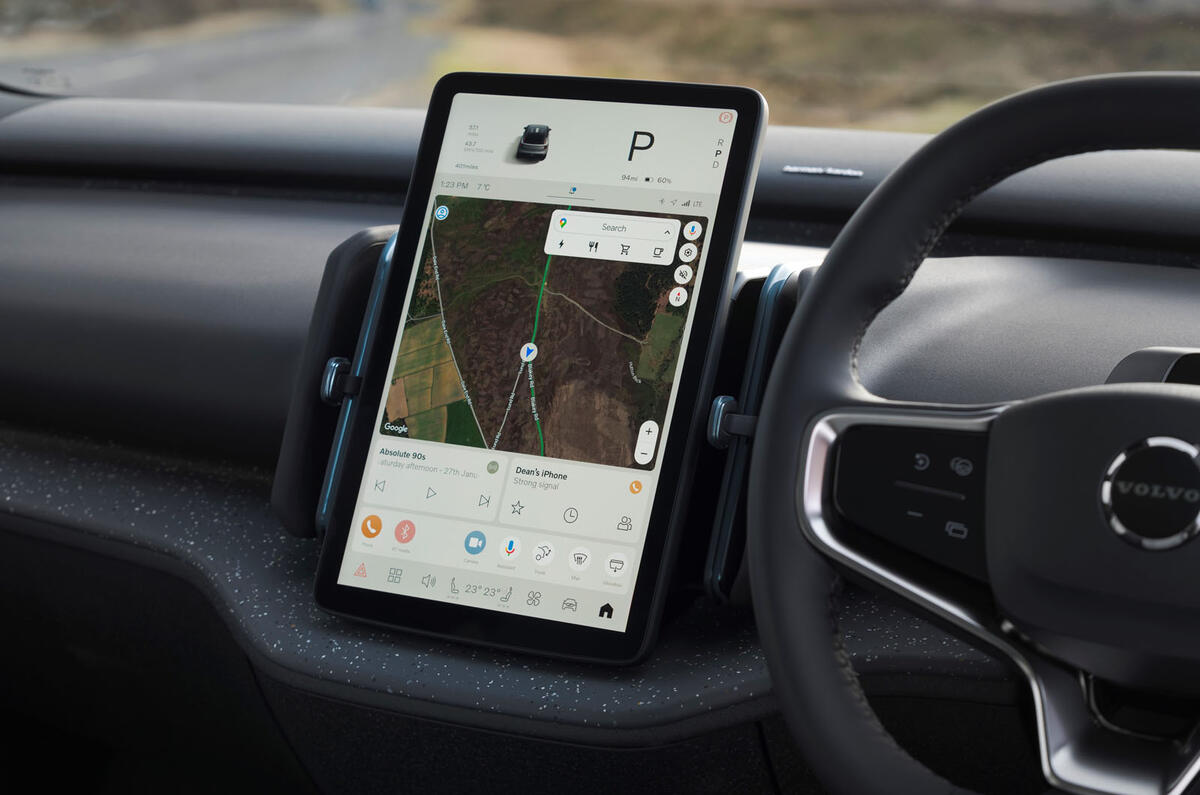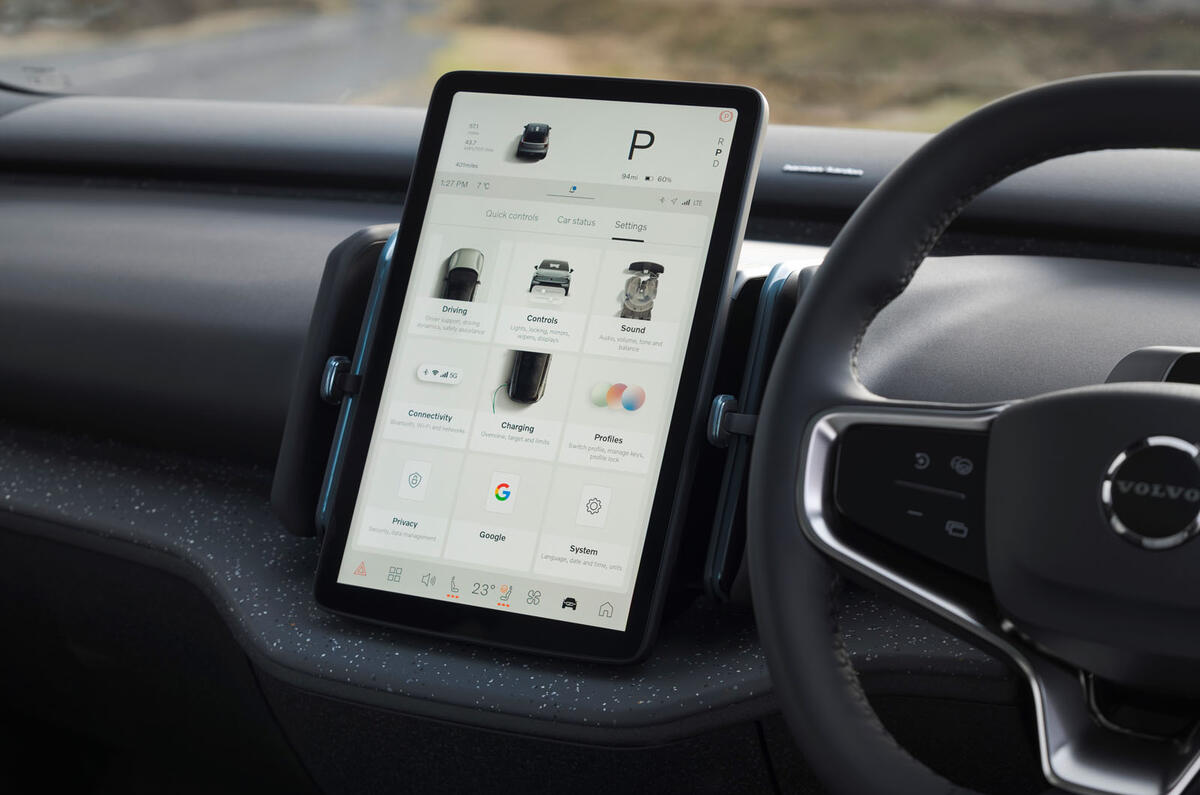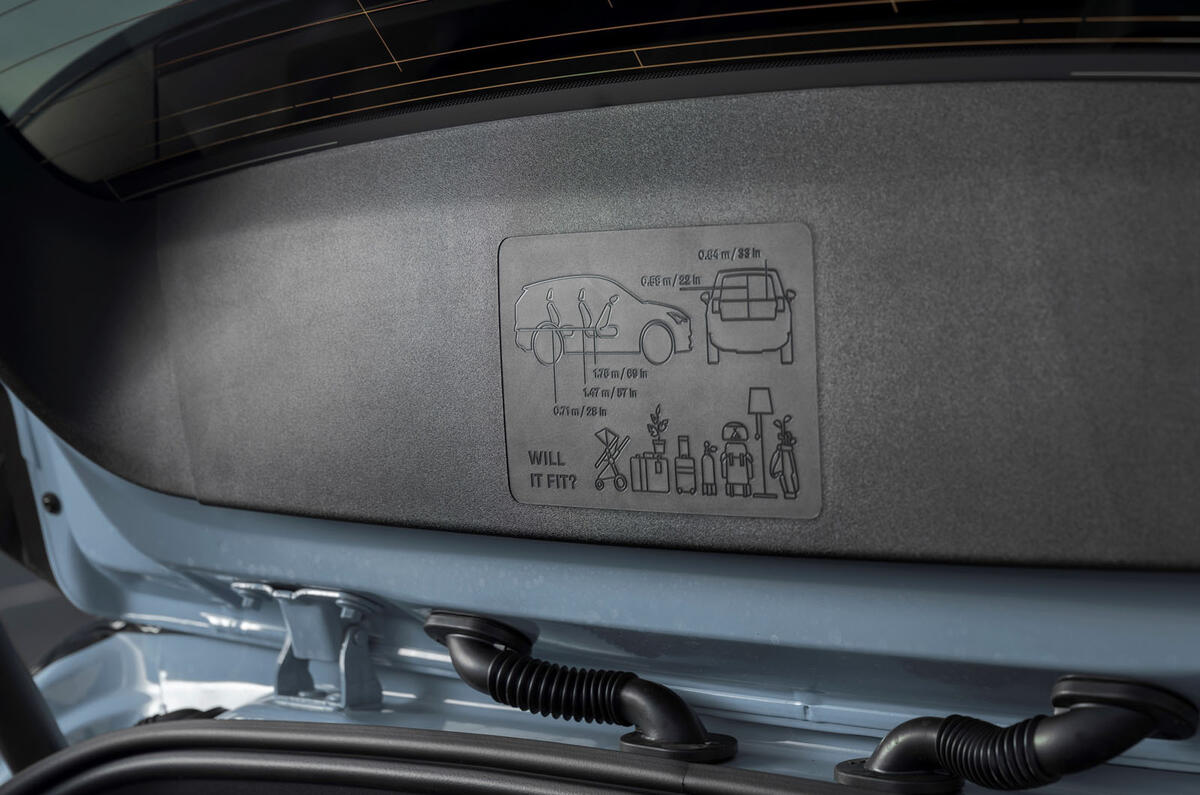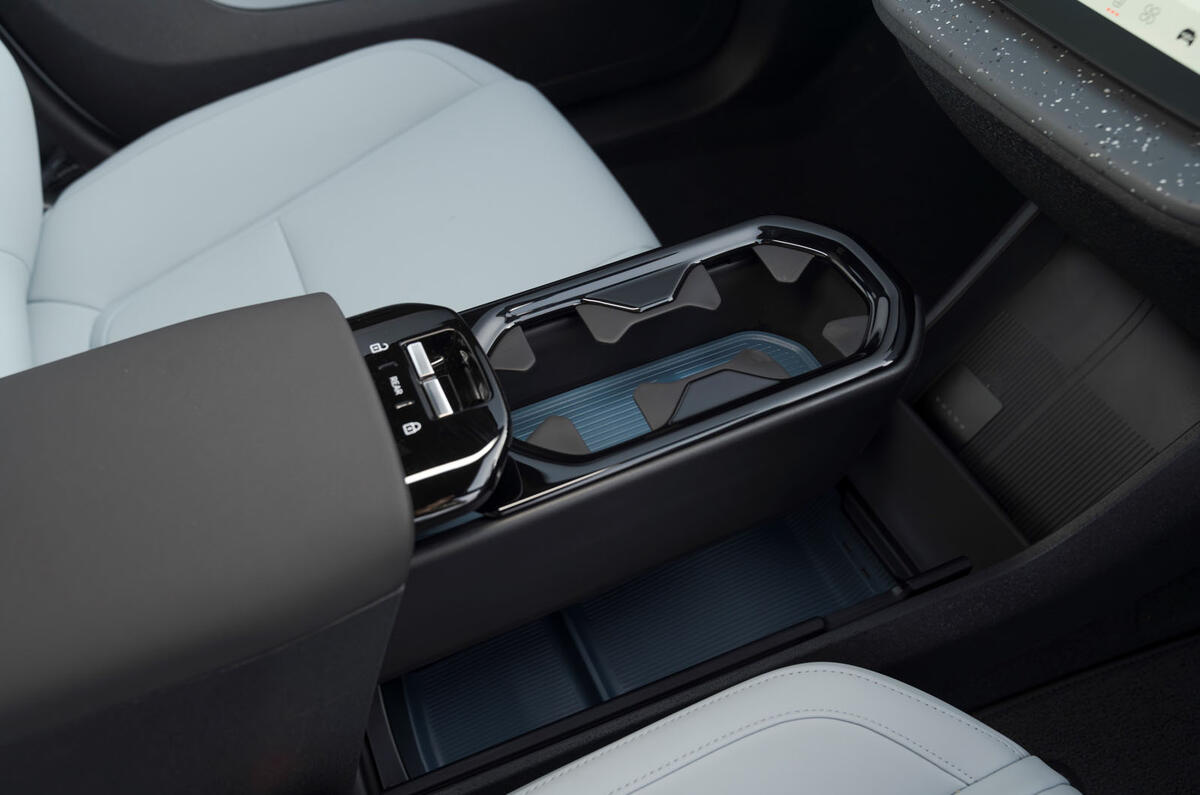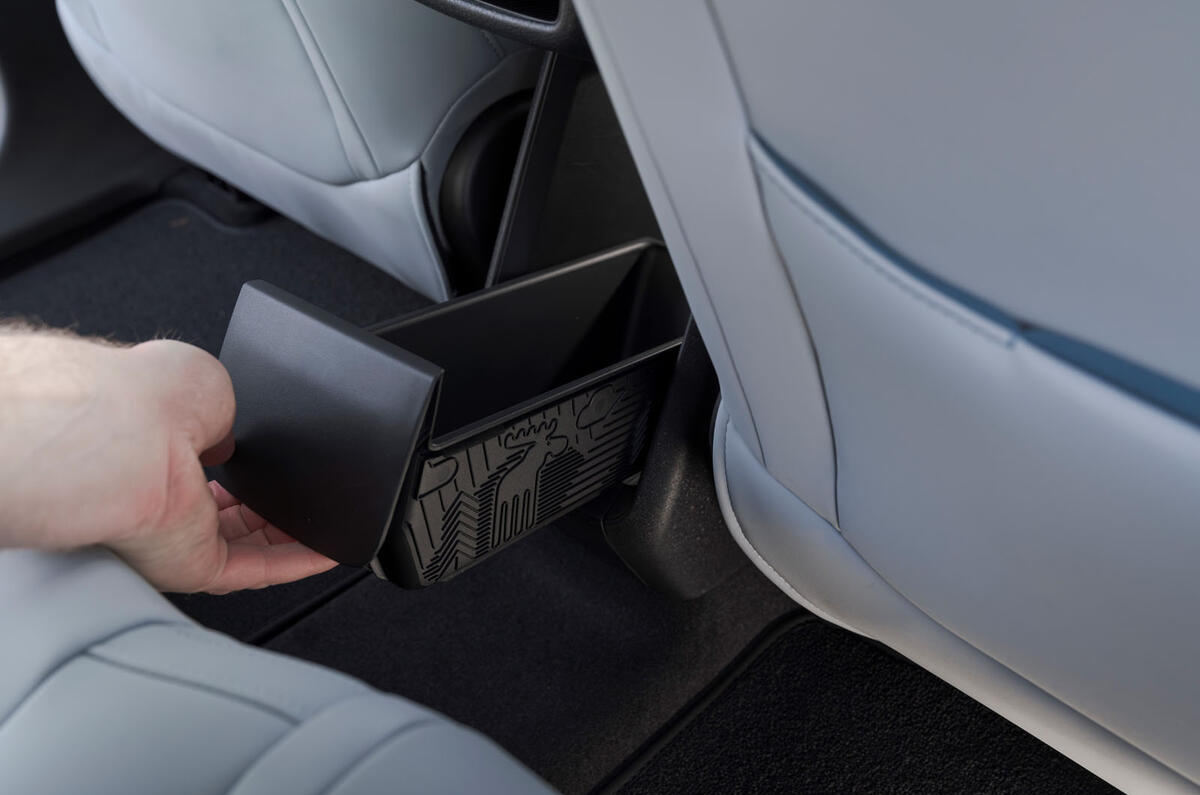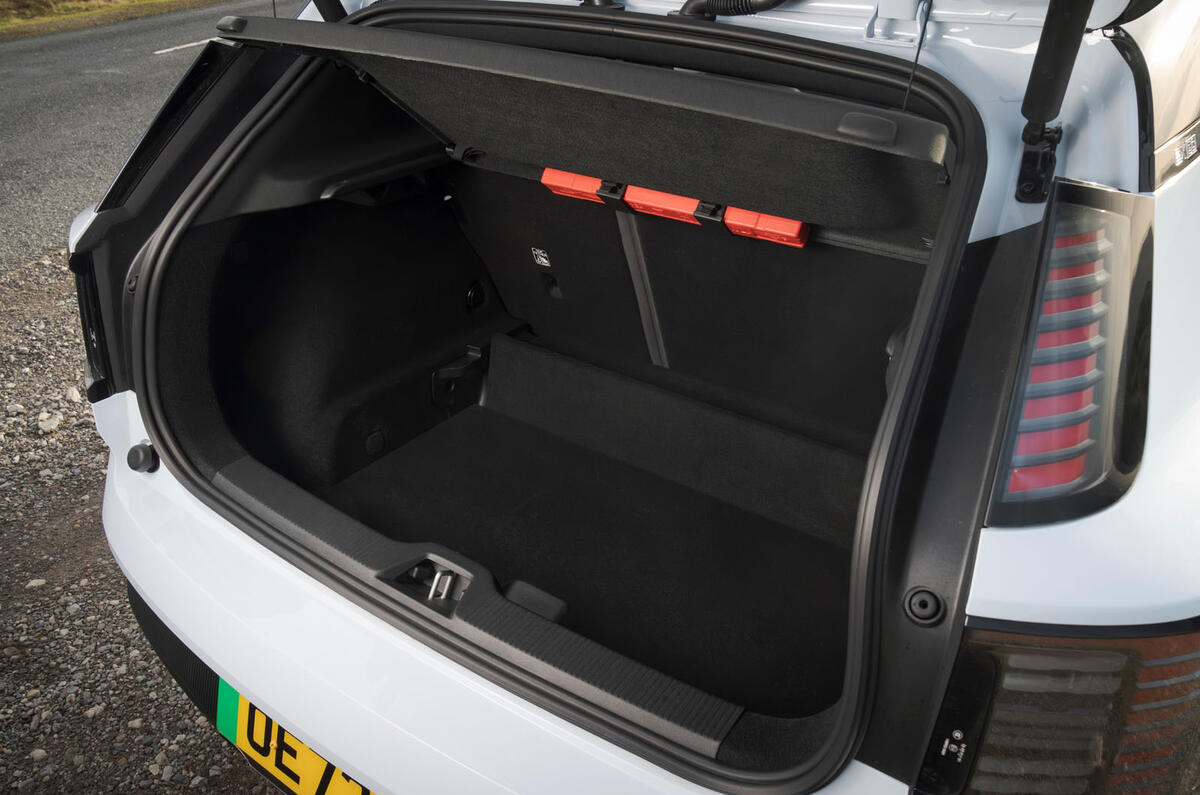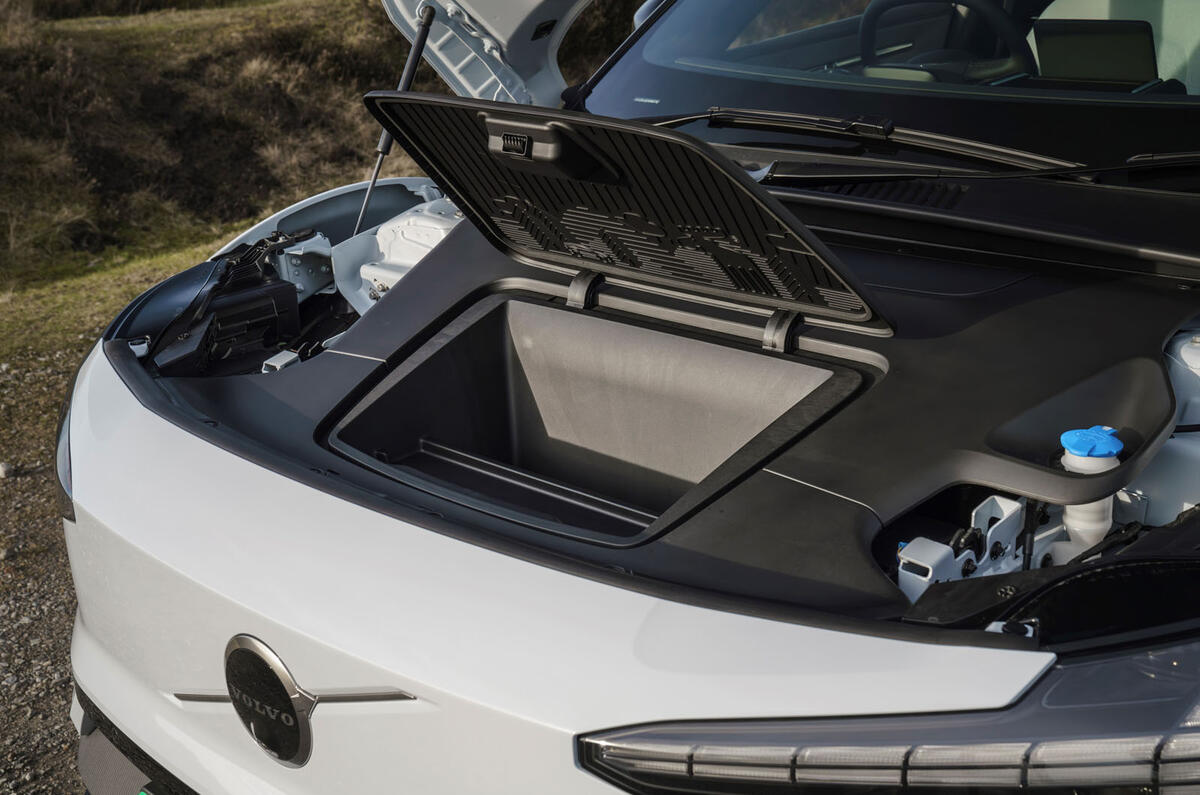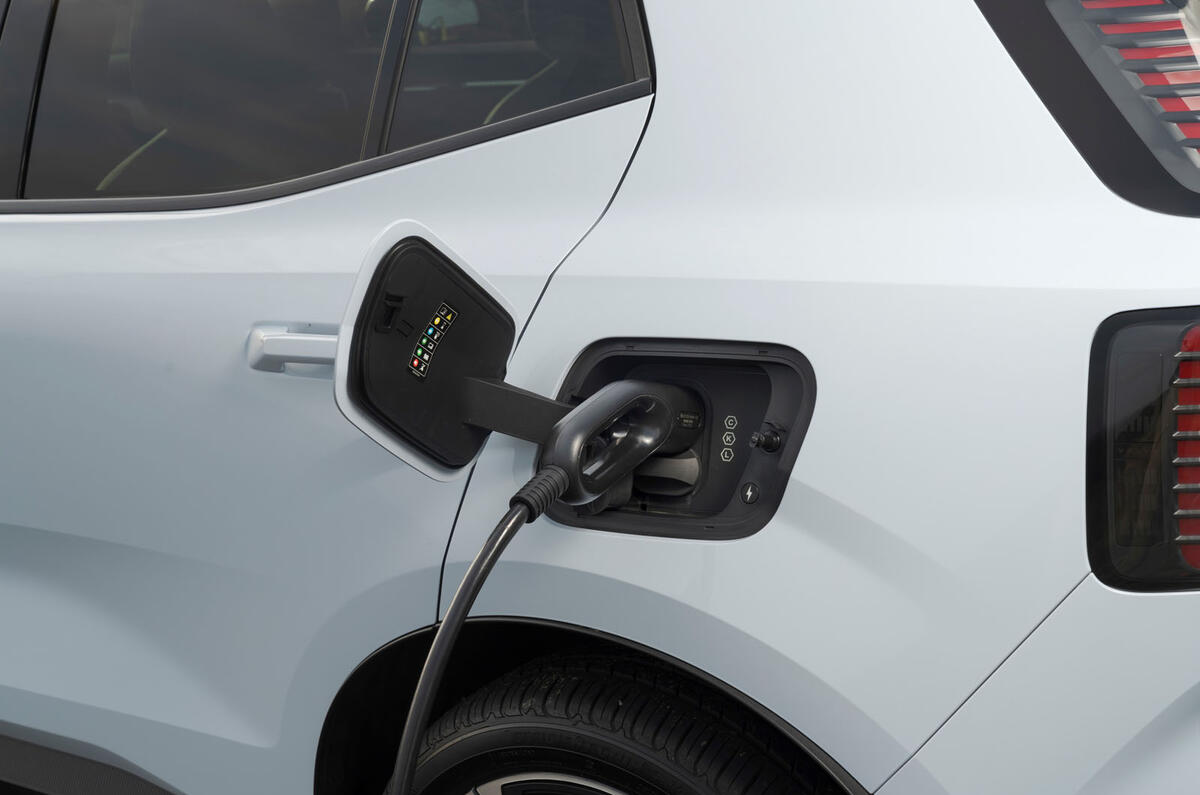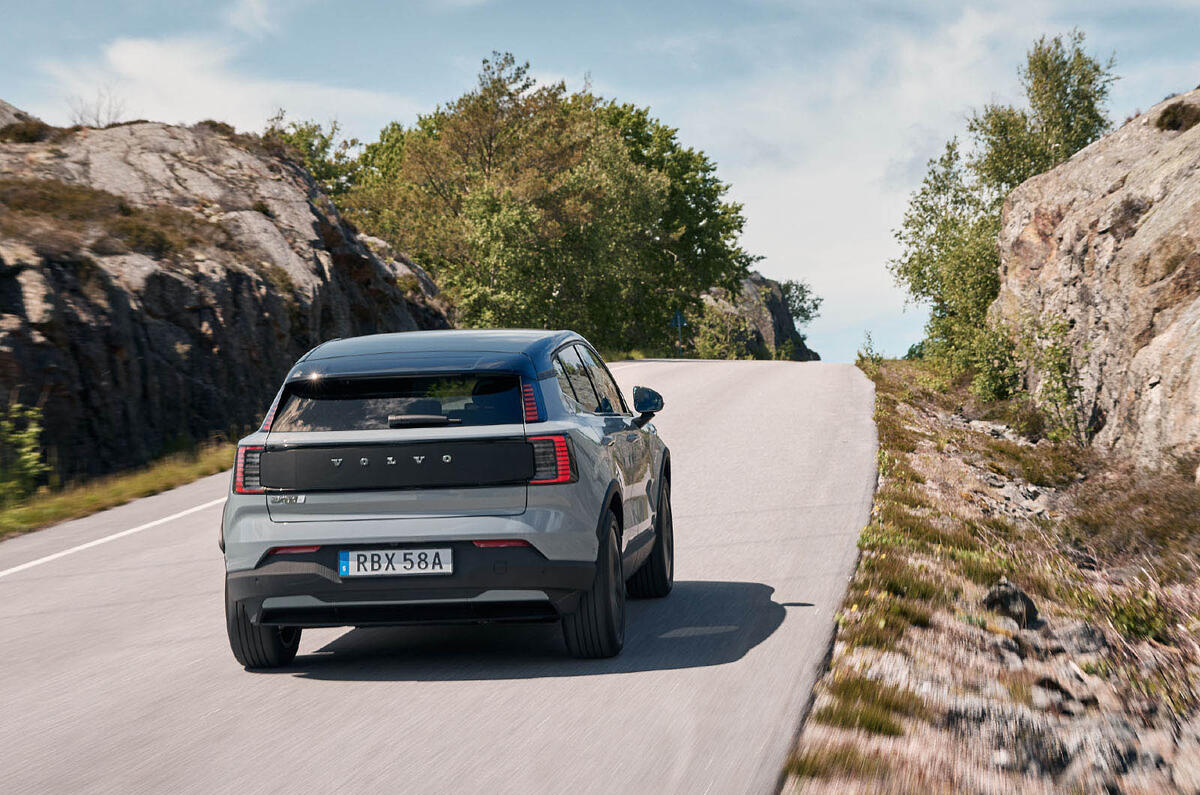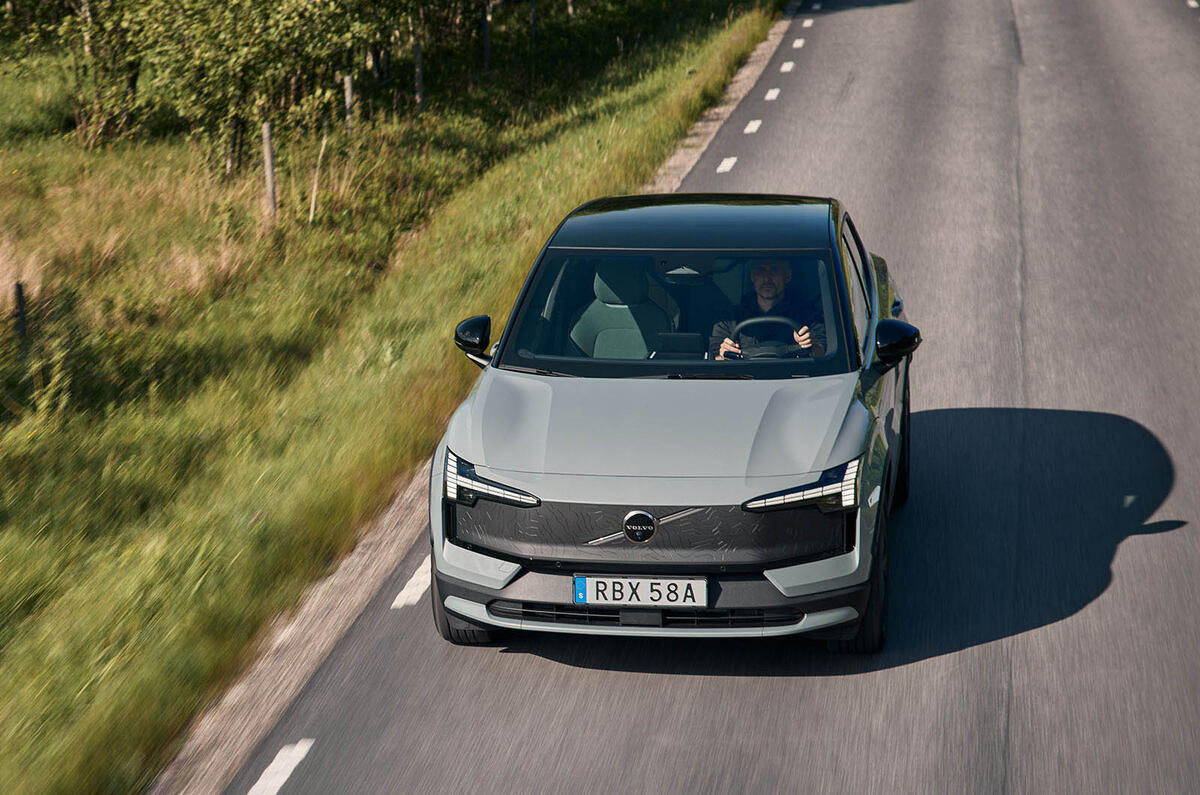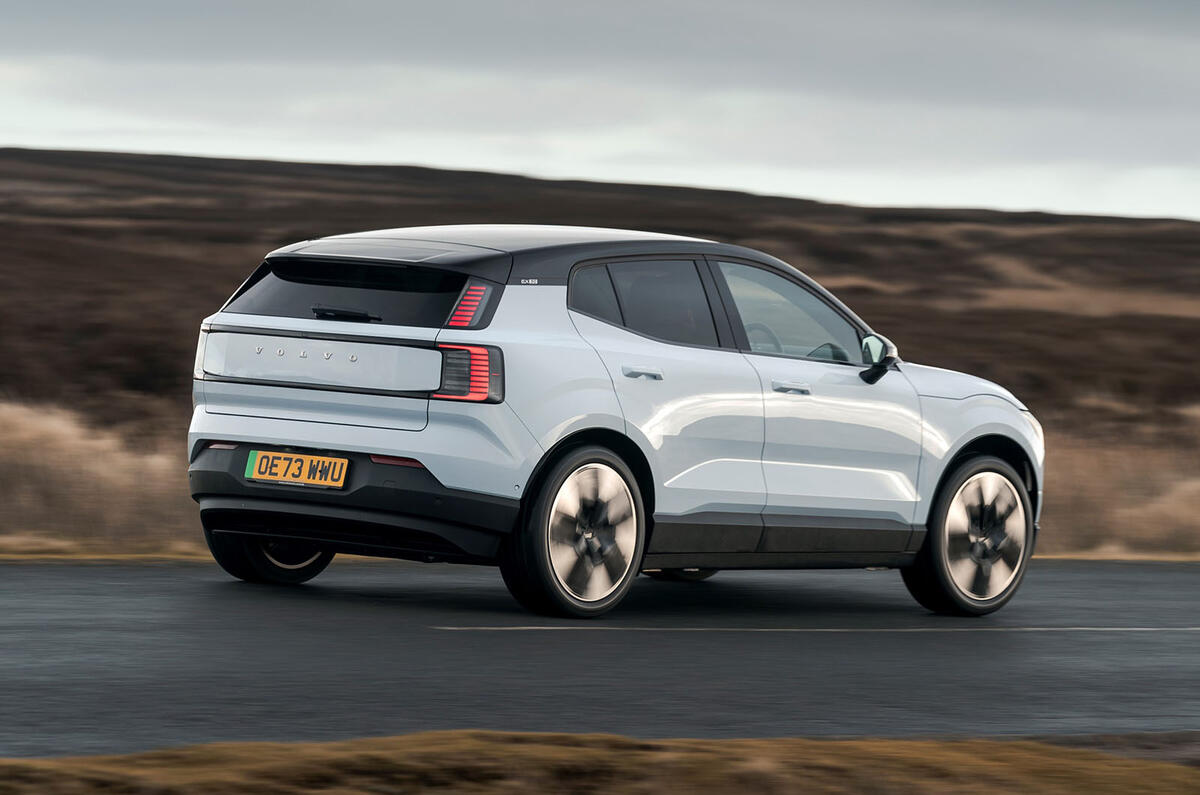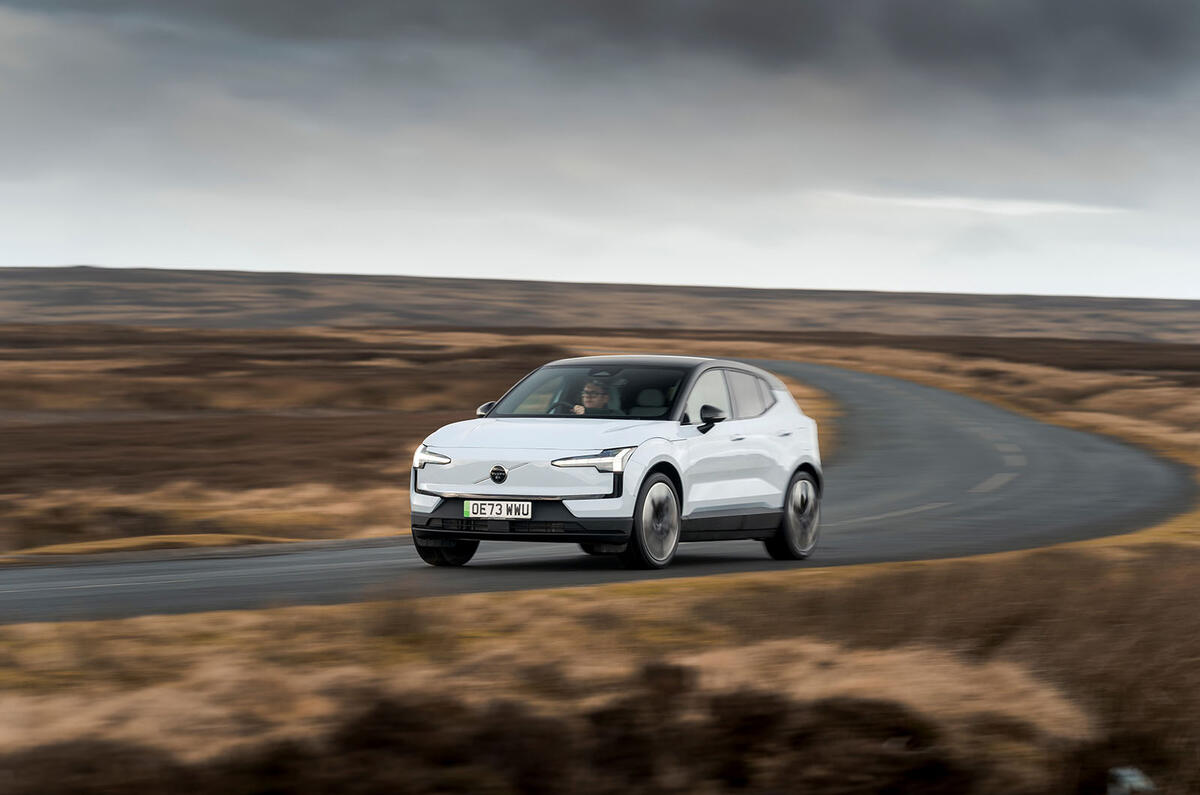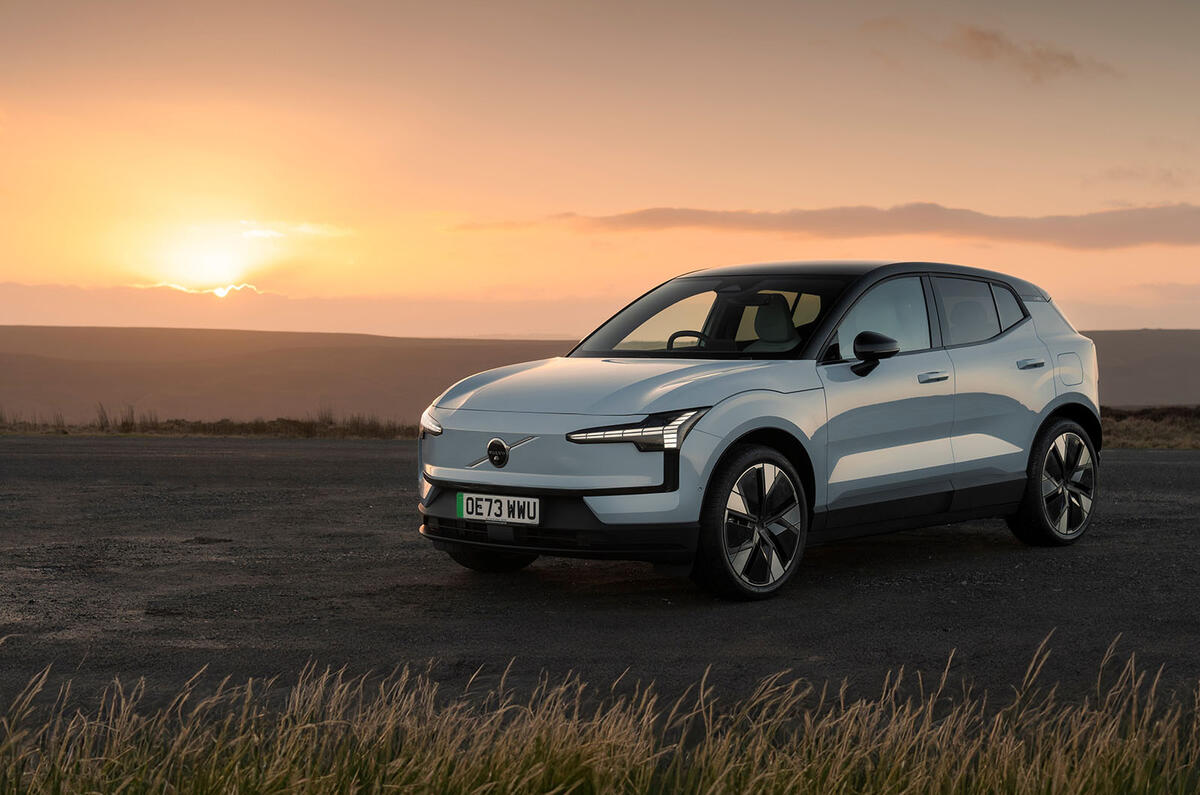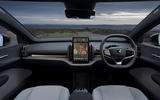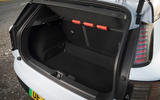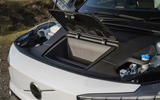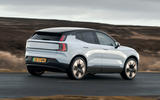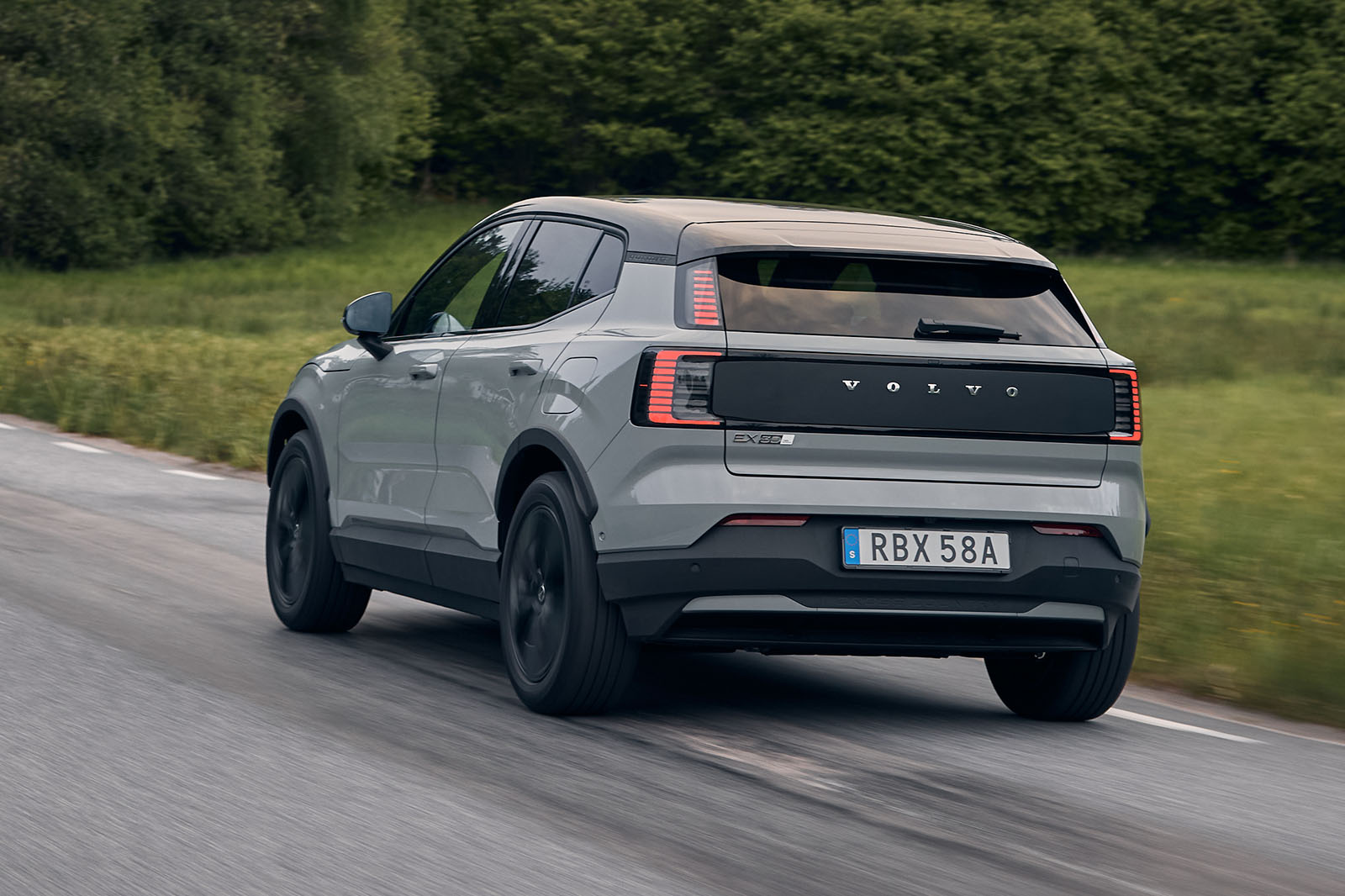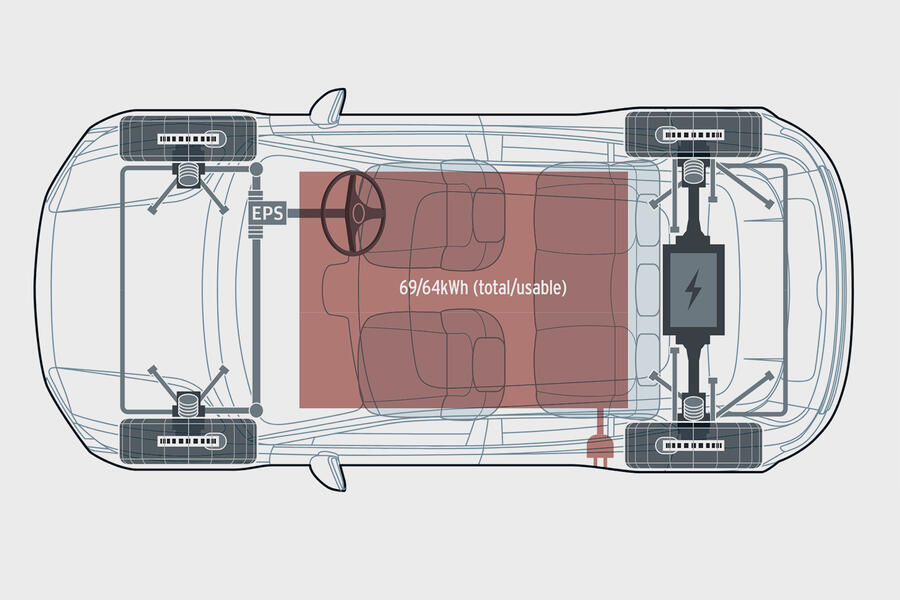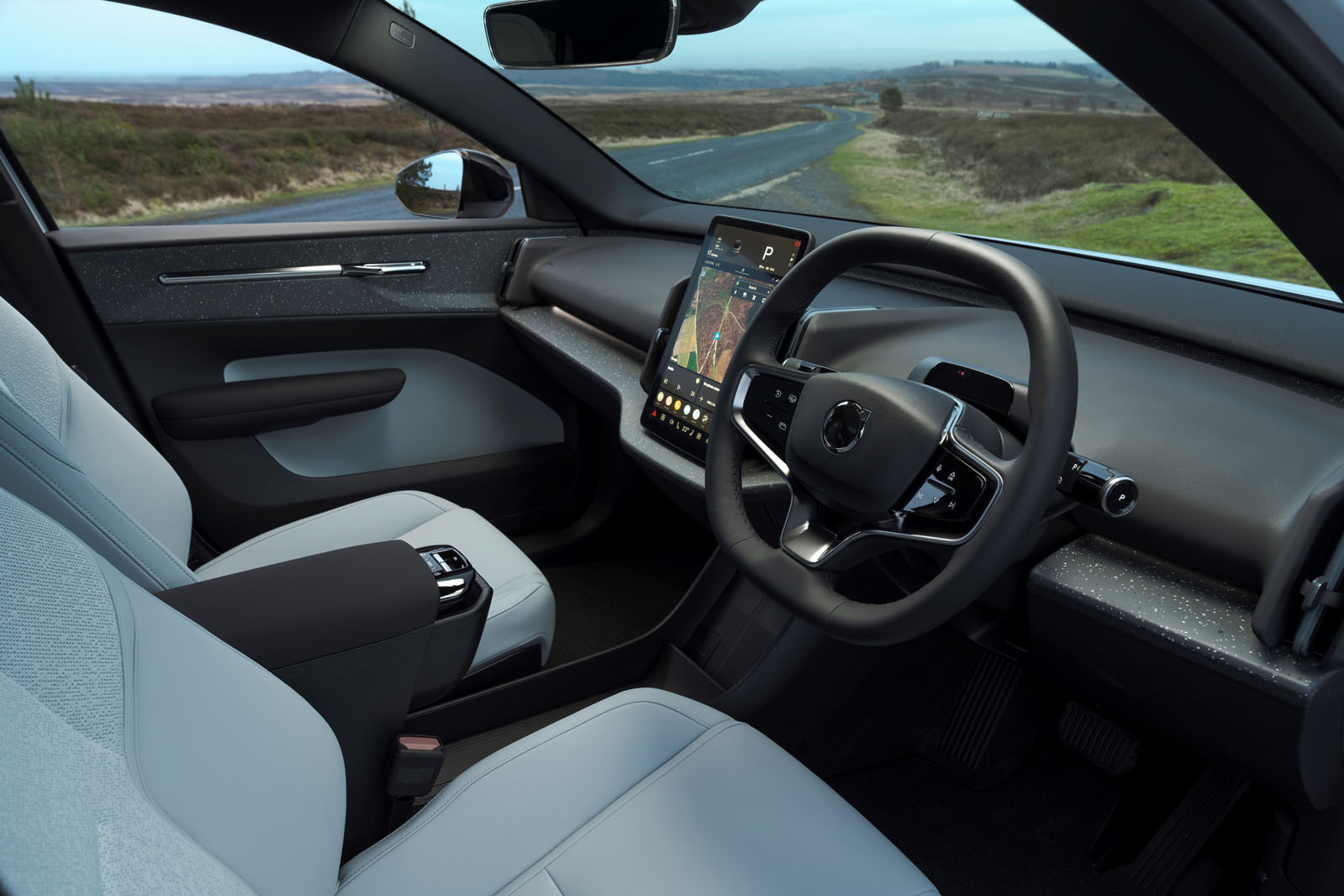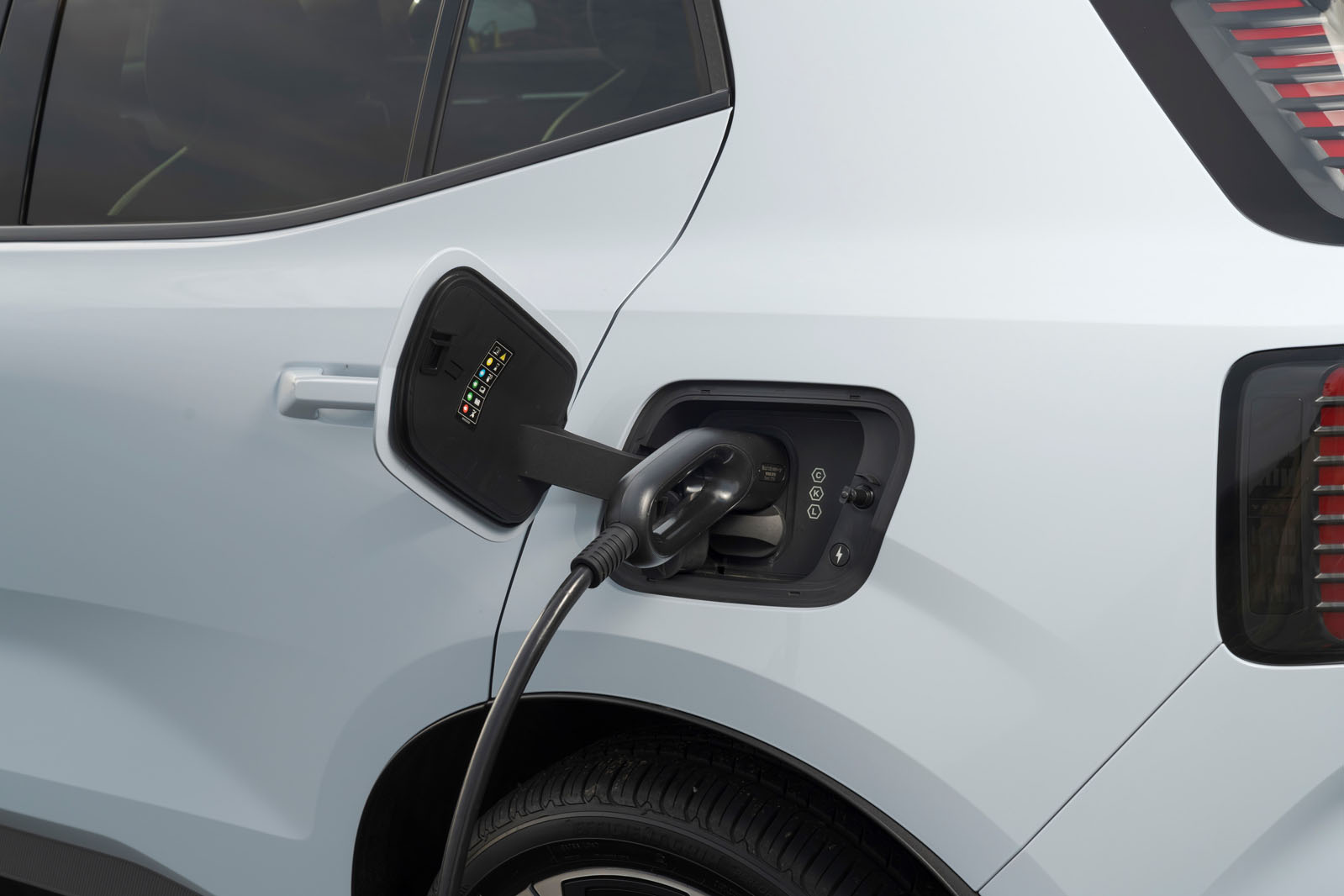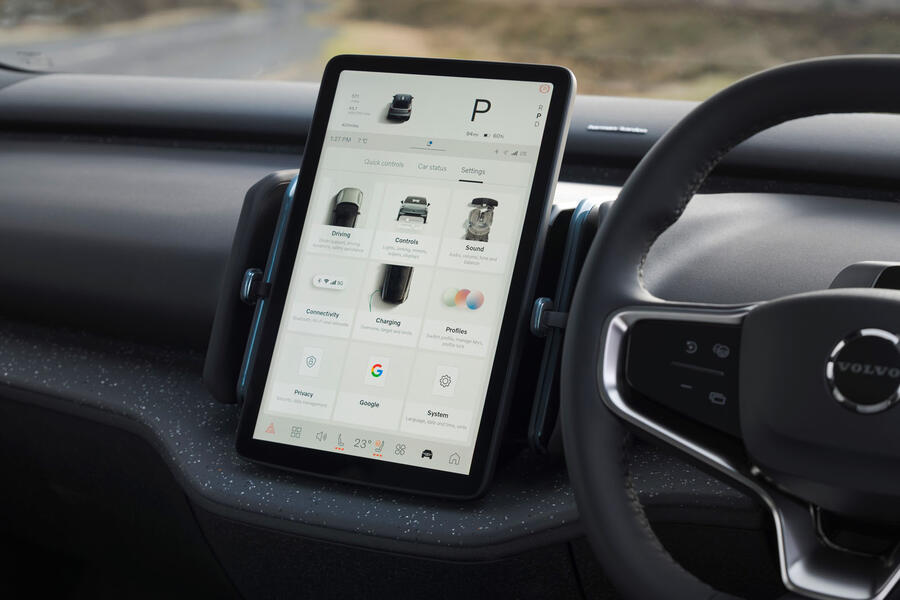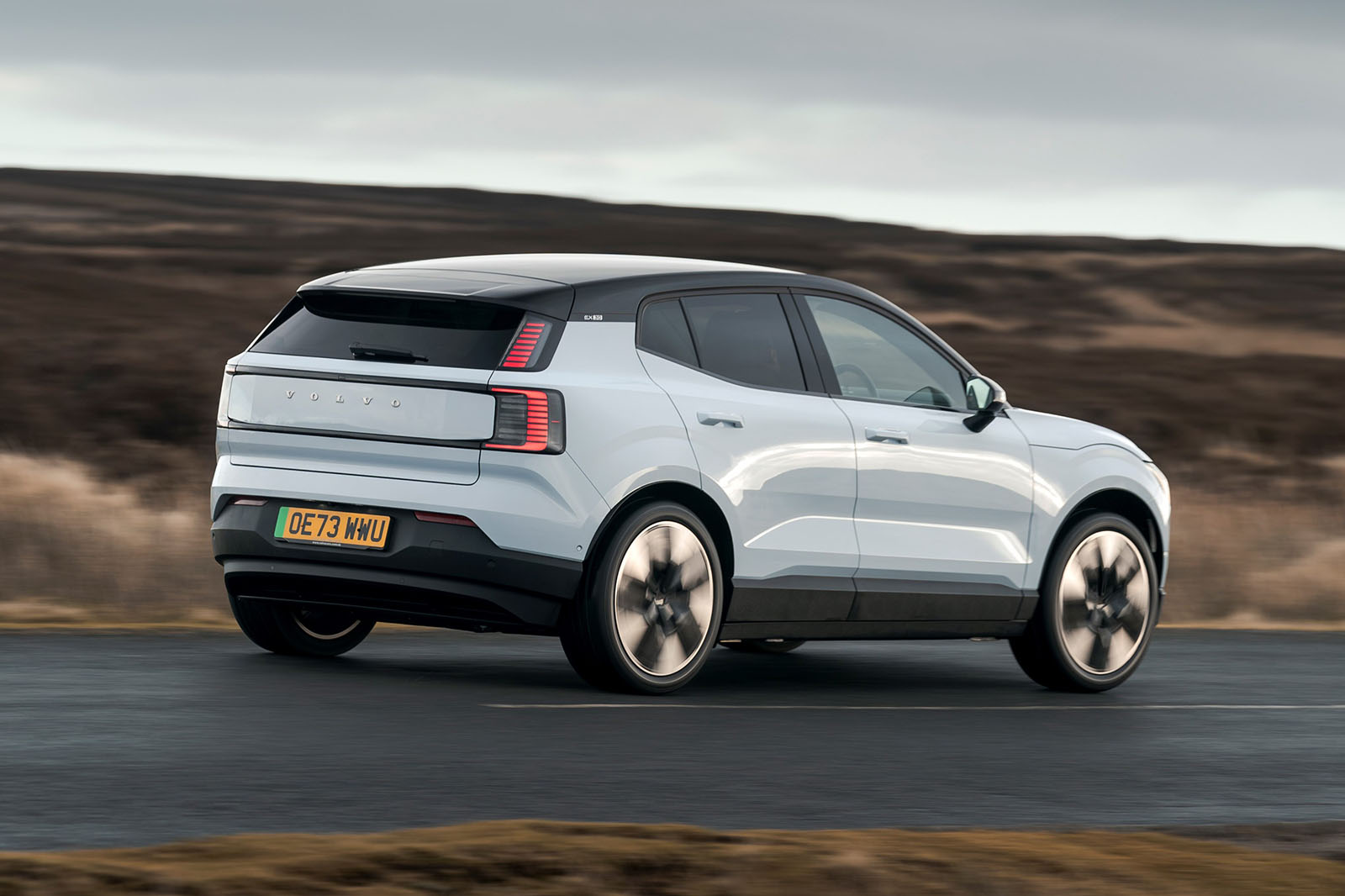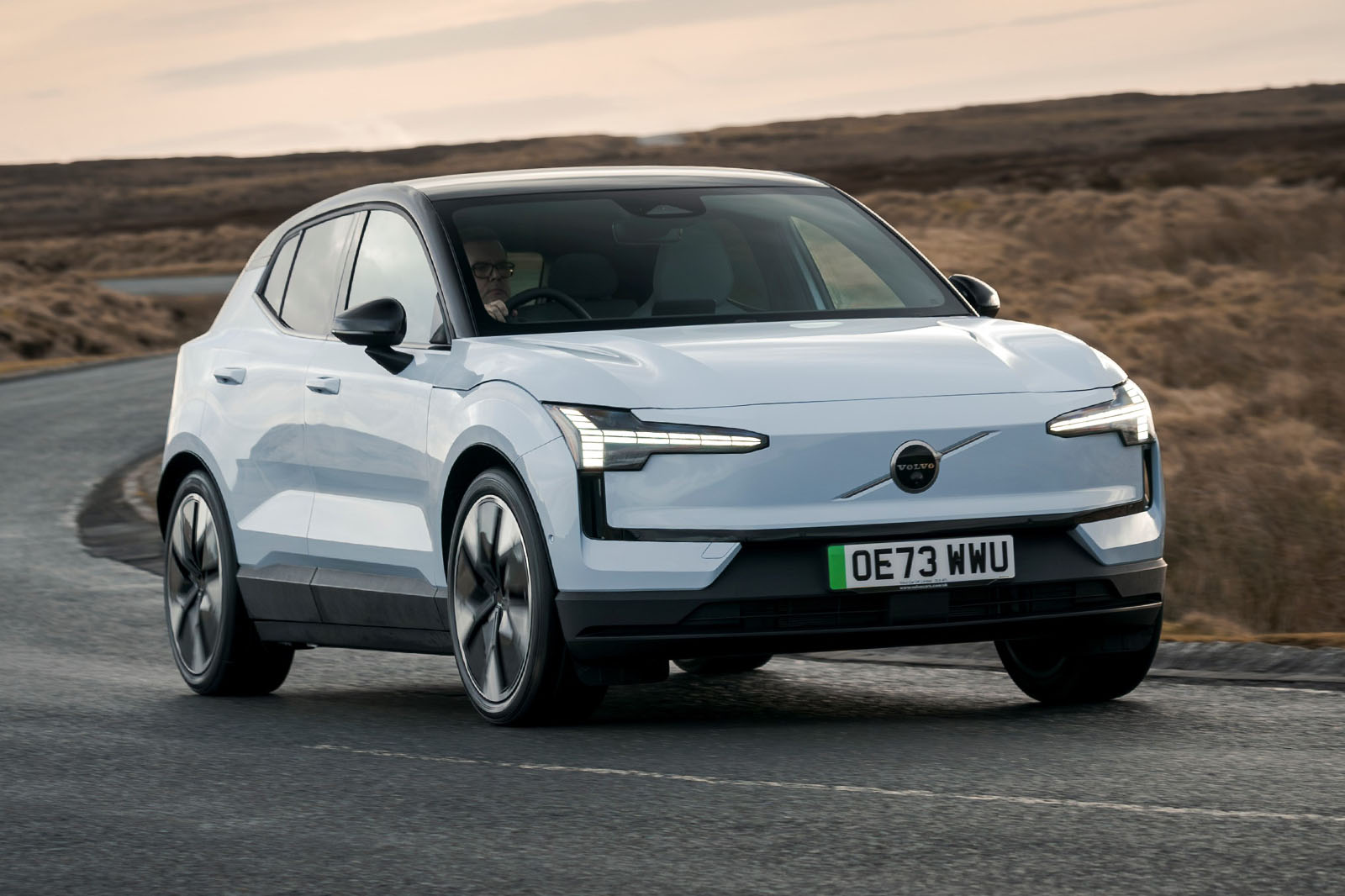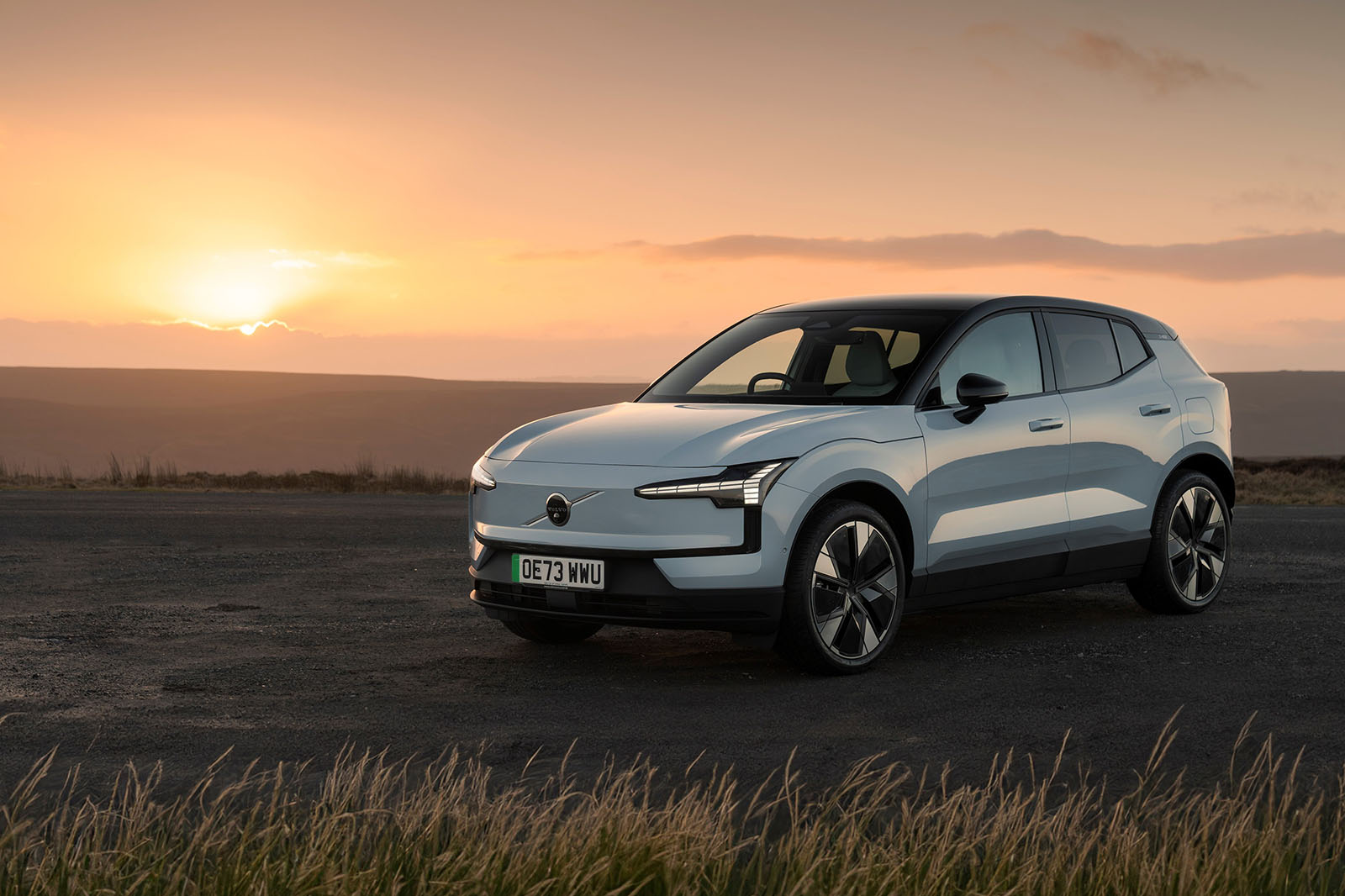It’s a tribute to the skill of Volvo’s interior designers to have made the cabin of the EX30 such a neat, tactile and appealing place to be. It uses plenty of recycled materials, yet its mouldings and trims feel inviting, solid to the touch, and both interesting and alternative.
And then you start to notice what’s missing. In front of you is neither a driver’s instrument binnacle nor a head-up display. The car’s electric window switches are on the centre console to your left, and so, immediately to your right, the door console contains neither audio speakers nor any switchgear.
Clever, centrally mounted, drawerstyle cupholders (which slide out from under the centre armrest) and a small, centrally mounted glovebox ahead of them make so much of the fascia and surrounding cabin layout symmetrical, so as not to add manufacturing complexity for right- or left-hand drive. But it's not a very big or useful glovebox; and the door pockets aren't very cleverly designed, either.
There is little in the way of a lower dashboard, with extra storage available instead in a shallow covered floor bin ahead of the centre console. Above that, the car’s 12.3in, portrait-oriented touchscreen infotainment system sits, carrying a simplified digital instrumentation panel at its uppermost edge, and everything else – from trip computer data to navigation mapping, audio, telephony and climate controls, and so many secondary controls for things like foglights, wiper control and ADAS systems – accessible below.
Suffice to say, this is a pretty bold ergonomic rethink – and, in our book, a problematic one. Although the steering column does have physical stalks for transmission control (right) and main beam/turn indicators/windscreen washers (left), and there are also a few physical switches on the steering wheel spokes, that’s still a lot for one ‘centralised’ touchscreen console to manage.
It falls down for top-level accessibility of key functions – and seriously enough to constitute a significant drivability problem. It takes too many individual interactions to deactivate the driver monitoring or speed limit alarm systems, for example – and, without a tactile physical cursor controller, diverts too much of your attention from the road in the process.
Volvo claims that over-the-air software updates will address the usability issues over time, and well they may. Still, in the main, you might expect a safety-centred Volvo to be quite a lot simpler and easier to operate, and much more reassuring than distracting to drive, than this – not to say more practical (neither second row nor boot space deserves credit in a class of significantly more practical options).
Multimedia
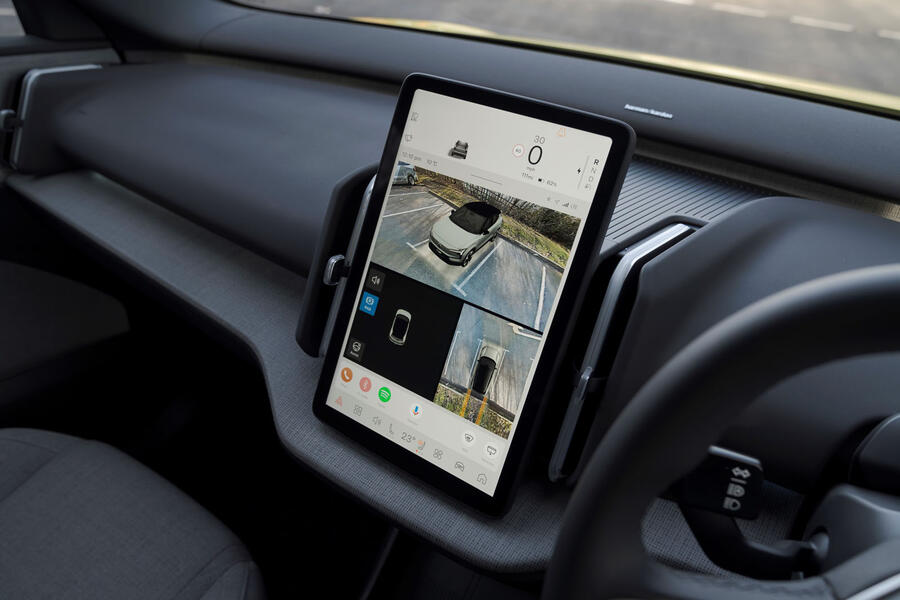
Volvo’s 12.3in infotainment system for the EX30 is powered by Google Automotive software, though wireless device mirroring for Apple smartphones, which was missing to begin with, has now been added.
Top-level navigability for the system lacks the user configurability of rival systems, and so your most accessed functions can remain hidden behind layers of menus. Volvo allows some adaptation of the home screen but not of shortcut toolbars, which would make a big difference.
As it is, controls for functions that directly affect the car’s drivability (and that reset to ‘on’ automatically) simply aren’t accessible enough.


